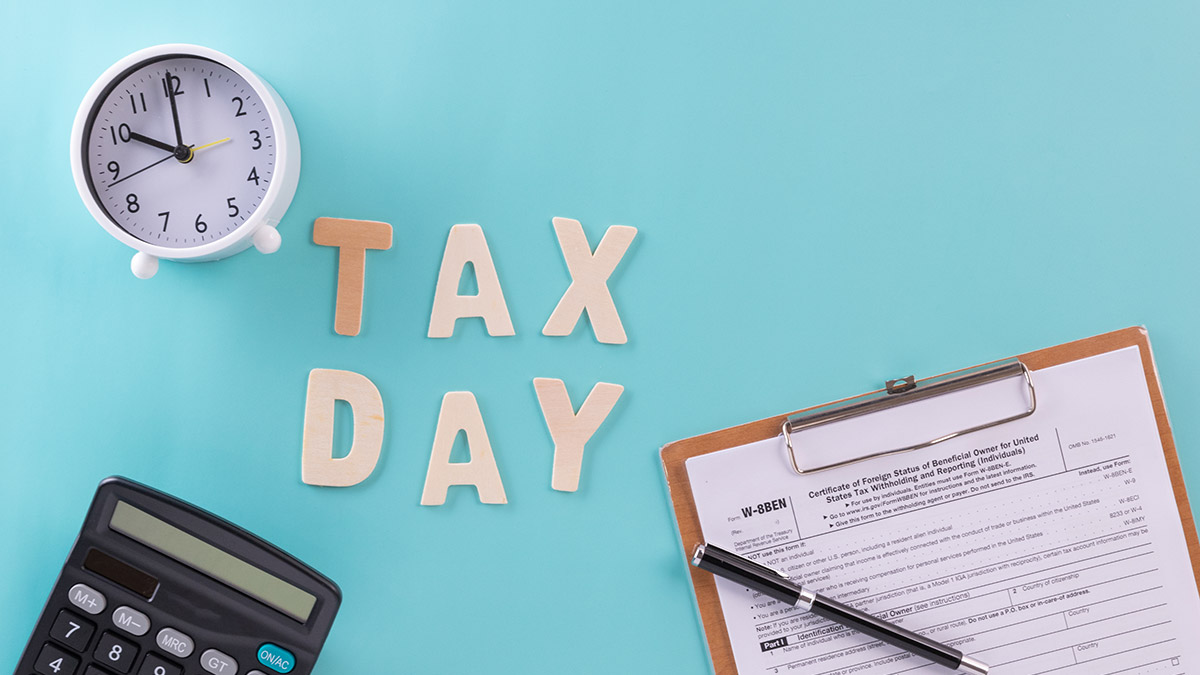Tax Quiz – The Very First Form 1040

While Lincoln introduced the country to income tax to fund the Civil War, the modern 1040 individual income tax form was introduced in 1913. Here’s a short quiz to see how well you know what was included on this very first tax form. Enjoy!
- What was the due date of the initial 1040 tax form?
- March 1, 1914. The first year Americans were required to report their income was 1913, with the tax return due March 1, 1914. Failure to file on time could lead to a fine of between $20 and $1,000. A 30-day extension could be granted by the tax collector because of sickness or absence. Today we have an additional 45 days to file our tax return (March 1 to April 15) and can file for a six-month extension.
- What tax rate was applied to most incomes on this first Form 1040?
- The tax rate applied to most 1913 tax returns was 1%.
- If you had taxable income that exceeded $500,000, you became subject to the Super Tax. What was the rate on these earnings?
- 6%. The maximum tax rate of 6% applied to taxable income that exceeded $500,000. The 1913 tax brackets were 1%, 2%, 3%, 4%, 5% and 6%, compared to our current tax brackets of 10%, 12%, 22%, 24%, 32%, 35%, and 37%.
- Was a marriage penalty built into the original Form 1040?
- Yes. If single, your exemption amount was $3,000. If you lived with your spouse, your exemption amount was only $4,000. If you and your spouse worked (a rare event in 1913), you could divide the $4,000 exemption any way you wanted to minimize your taxes.
- Name items that weren’t taxed on the original Form 1040 but are taxed on today’s form.
- The most common untaxed items were dividends and net earnings from corporations. The double taxation of corporate earnings we experience today started in 1954.
- True or False: All the original tax returns required a signed affidavit before an authorized officer of the government before being filed.
- True. All properly-filed tax returns required affidavits made before an officer authorized by law to administer an oath of accuracy. This could be a justice of the peace, a magistrate, or a certificate from a court clerk. Mailing in your tax return was not an option.




